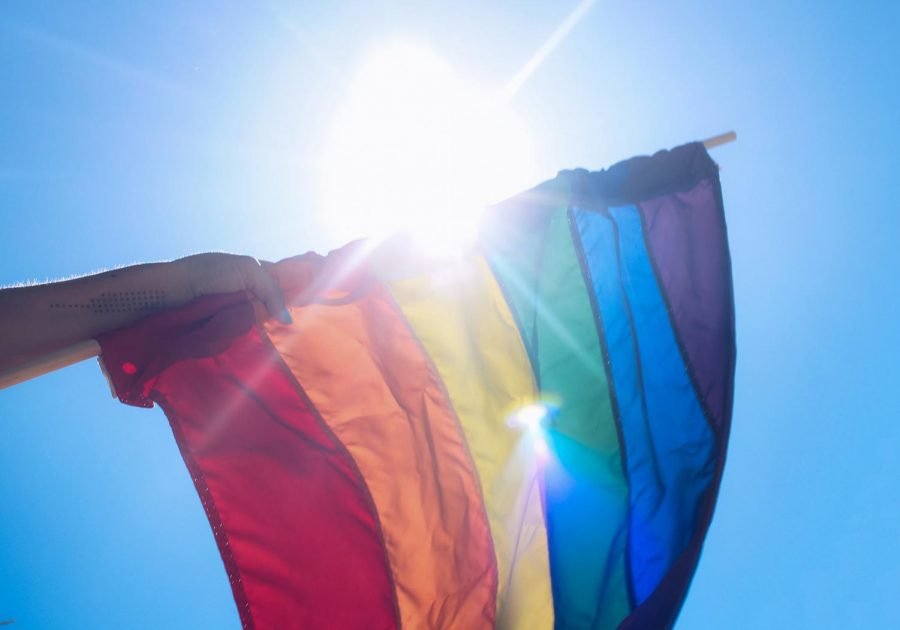The Fight Isn’t Over
www.quotecatalog.com/quotes/inspirational
The pride flag represents equality for LGBTQ rights, but homophobia is still a prominent issue.
Mar 5, 2019
Almost 21 years ago, Matthew Shepard was found tied on a fence post, tortured and almost indistinguishable, his face swollen and covered in blood except on parts where his tears ran. It was ruled as a hate crime. The primary motive? Shepard’s homosexuality.
Since then, the Matthew Shepard and James Byrd Jr. Hate Crimes Prevention Act was passed into law almost 11 years after his death. Federal hate crime laws were then expanded to include gender, sexual orientation, gender identity, and disability.
In 2015, with Obergefell v. Hodges, same-sex couples was guaranteed the fundamental right to marry. More people are identifying as LGBTQ and more people are accepting of homosexuality, according to a Pew Research Center survey.
Arguably, things are getting better for the community. But there’s still things that are needed to be changed.
Up to this day, suicide rates among LGBTQ youth remains higher than of heterosexual youth and are five times more likely to do so. 2017 also saw an escalation in Anti-LGBTQ killings exceeding 2016 numbers.
This prejudice is not something inborn; it is taught. It usually stems from what people see others do or what they hear other people say. It may stem from people’s knowledge of the LGBTQ, or maybe the lack thereof.
Seven states—Alabama, Arizona, Louisiana, Mississippi, Oklahoma, South Carolina, Texas—have anti-LGBTQ curriculum laws also known as “No Promo Homo” laws. In these states, they restrict the teaching of non-heterosexual history or lifestyles in schools.
In Alabama, for example, their legislature states that sex education programs must emphasize that being gay is “not a lifestyle acceptable to the general public.”
They believe that by teaching objective history that include LGBT topics or figures can indirectly “promote” or “influence” students’ sexualities. Identity, however, is not something someone else can impose. Gender identity and sexual orientation are instinctive; they’re innate.
GLSEN, an education organization advocating for LGBTQ students, reports that states with such laws have school staff that are less likely to be in support of the community. Schools here experience more frequent acts of homophobia or acts against any member of the LGBTQ. There were less LGBTQ topics tackled at these schools and those that were included were more to influence negative views of the community.
Even if these laws are not strictly enforced in all schools in these states, they still give homophobic school staff or students justification for their discriminatory views or acts.
Though only seven states have these laws, effects of homophobia can still be felt throughout the nation.
According to a Human Rights Campaign 2018 report on LGBTQ youth, 70 percent of the over 12,000 respondent from all 50 states have been bullied due to their sexual orientation and only 26 percent of LGBTQ youth always feel safe in the classroom.
Even in California, despite being known for its accepting views, almost three-quarters of LGBTQ youth have heard homophobic remarks and slurs in their schools.
Sure, there are places far worse like the 72 countries to this day that have laws against homosexuality with four of them being punishable through the death penalty. Yes, we have made significant progress but that does not mean that we should just check off homophobia as nonexistent when it clearly persists from microaggressions to blatant acts of violence.
When homophobia exists from American schools to the American government, how can we call the United States the land of the free when some people are scared to freely express who they are?








